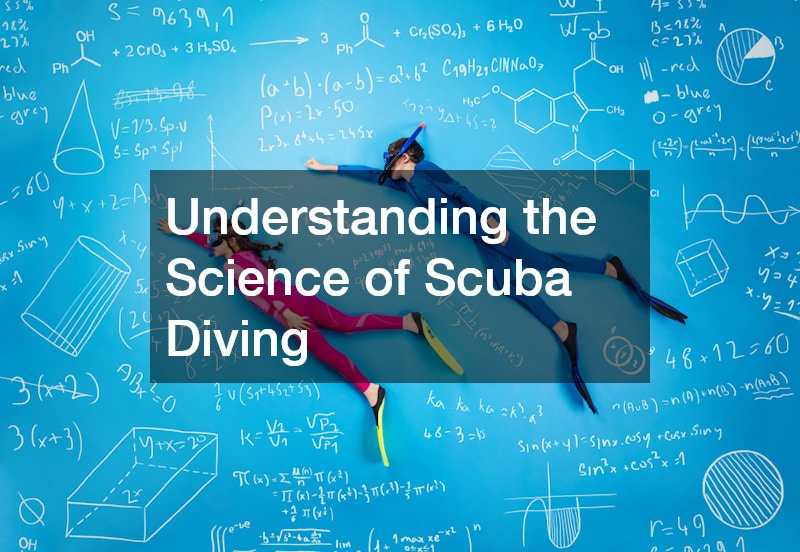
Scuba diving offers an exceptional way to explore underwater environments, but it requires a sound understanding of the science behind it to ensure safety and enjoyment. The essential principles governing scuba diving include physics, physiology, and environmental science.
At the heart of scuba diving is the behavior of gases under pressure, encapsulated by Boyle’s Law, which states that the volume of a gas varies inversely with pressure. This principle is critical when descending into deeper water, where increased pressure reduces the volume of air in a diver’s lungs and in the air tanks. Conversely, as a diver ascends and pressure decreases, the air expands.
Understanding this helps divers avoid lung over-expansion injuries and manage their buoyancy effectively.
Another key aspect is the physiology of gas absorption under pressure, explained by Henry’s Law. The body absorbs more nitrogen from the breathing gas at greater depths due to increased pressure. This absorbed nitrogen can form dangerous bubbles in tissues and blood if a diver ascends too quickly, leading to decompression sickness. Divers must ascend slowly and perform decompression stops when necessary to allow excess nitrogen to safely exit the body.
Environmental science also plays a role, as divers need to be aware of underwater conditions such as temperature, currents, and visibility. Cold water can lead to hypothermia, while strong currents may pose navigational challenges.
Watch the video above to learn more about diving science!.



